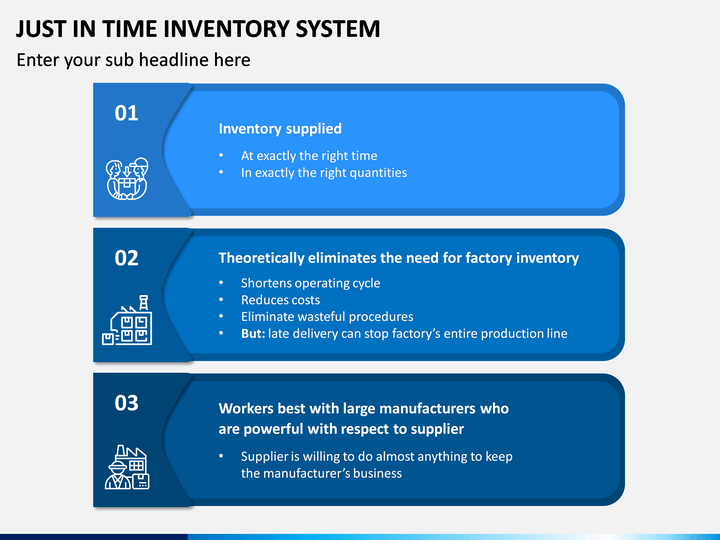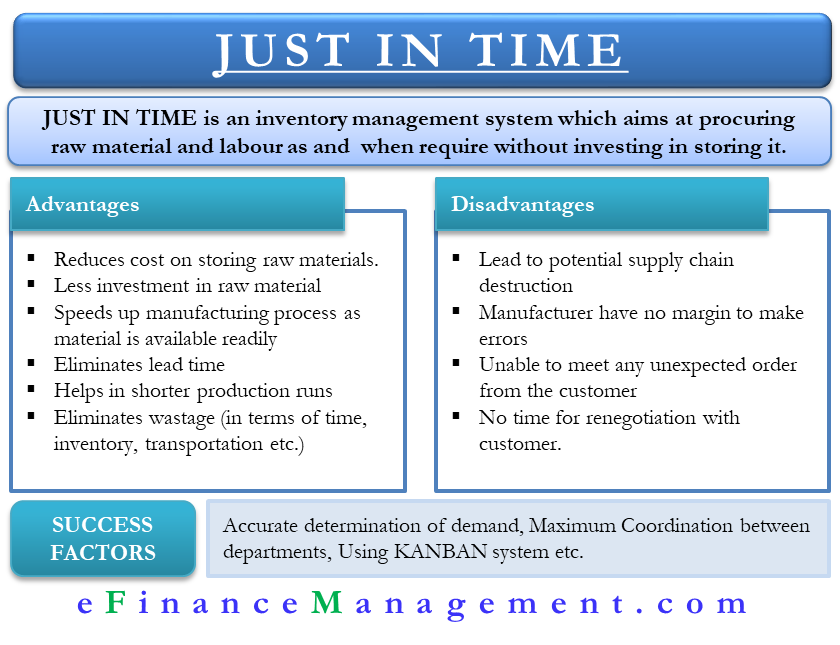
Productivity gains occur within industries at the level of the firm. Assuming logistics cost savings were known, it quantified benefits due to increased use of transportation while keeping output fixed. The previous NCHRP 342 study took a different view. NCHRP 2-17(4) developed an approach to quantify these relationships based on individual case studies, reviewed in section 3.5. These and other downstream effects are shown diagrammatically at Exhibit 1.Įxhibit 1: Freight Economics Influence DiagramĪs previously discussed, reductions in travel time and travel time variability have a direct and indirect effect on logistic costs. All these improvements result potentially in travel time savings and increased reliability. Further improvements could be made to ports/customs thereby smoothing and increasing net system traffic flow. There may also be fewer restrictions on truck weights, improved bridge clearances etc. In particular, flow capacity may be increased by the addition of additional lanes, increases in speed limits from wider and safer roads, limited access highways, and operational/ITS improvements. Investment in highway improvement projects will affect attributes of links within the US transportation system. 2.1.1 Meta-Analysis of Freight Economic Relationships The combination of positive and negative feedback loops generates time dependent system behavior that is often counter-intuitive at first sight. This type of link results in asymptotic behavior towards some limiting value. Negative feedback occurs when positive response in a variable results in a negative effect feeding back to itself when seen through the cause and effect chain. This type of loop often results in exponential growth.

Positive and negative feedback loops are identified such that positive feedback occurs when increases in one variable generates net increases throughout the chain feeding back to the original variable. Relationships that have notable delayed effects are labeled by the letter "D" accordingly. An arrow is used from input to output with a sign indicating the effect of a change in input, either positive or negative. Prior to formulating the micro-economic framework, we present a "meta-analysis" – an influence diagram that maps the key variables and the various relationships that exist between them.

However, the effect of such re-organization on the economic benefits of freight and highway investment is not well understood. Firms can and do re-organize in response to transportation infrastructure improvements so as to reap the rewards of advanced logistics. The phrase "advanced logistics" is shorthand for technologies and business processes that permit firms to reduce costs by substituting transportation, e-commerce and just-in-time deliveries for large inventories, multiple warehouses and customer service outlets. The term logistics pertains to the way firms organization themselves in relation to transportation, warehousing, inventories, customer service and information processing. Overview of Logistics and Industry Re-Organization 2.1 Framing the Problem


 0 kommentar(er)
0 kommentar(er)
